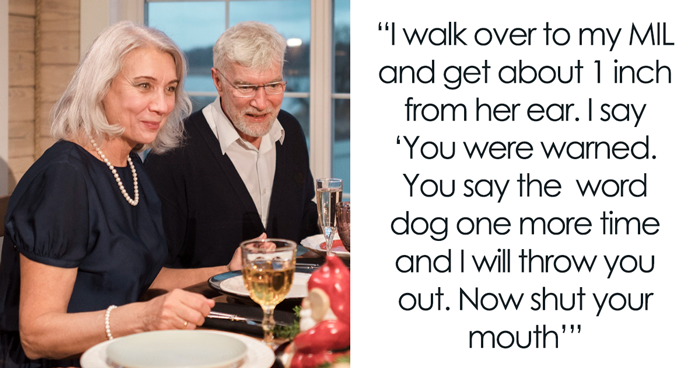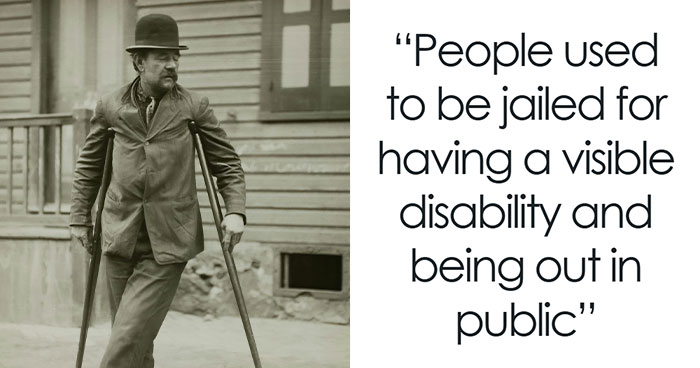
3D Renders Of England’s Historical Country Mansions And What Replaced Them (7 Pics)
Whether it be economic or aesthetic reasons, the old gives way to the new. But as many of us know, modernity doesn't necessarily mean class. Old architecture is universally revered and has always been fascinating and pleasing to the eye. Take Notre Dame, or the Pyramids, or anything from the classical or baroque period, and you'll find that many appreciate those old structures.
England is no exception to this architectural heritage, but things have been shifting for the worse. Nearly 2,000 historic country houses have been destroyed in England in the past 200 years. These majestic mansions were once proud households that rented vast farmlands, but as the economic paradigm shifted, they've become a financial burden with difficult upkeep.
Household Quotes used their experience in home renovation to honor these lost mansions, bringing them back to their former glory with the help of digital 3D renderings. The team has researched what stood before and what stands in place today to offer a broad 'then and now' perspective.
More info: householdquotes.co.uk
This post may include affiliate links.
Cassiobury House (Watford, Hertfordshire)
Sir Richard Morison was awarded “the lordship or manor of Cayshobury” in 1546. He started building an Elizabethan-style house but was forced into exile as a supporter of the Reformation. His son later completed the fifty-six-room house, and architect Hugh May expanded it in a baroque fashion for the Capel family a century later.
Fast-forward to 1799 or so, and the 5th Earl of Essex commissioned James Wyatt (of Eridge Castle fame) to remodel Cassiobury in a neo-Gothic style. However, the house was poorly maintained through the 1800s, and the owners sold off family valuables to afford its upkeep. It was rented out during the early 1900s, sold in 1922, and demolished in 1927 to make way for urban sprawl.
Foots Cray Place (Foots Cray, Kent)
Only four English country houses were designed directly under Andrea Palladio’s Villa Rotunda's influence—the building that kickstarted the neoclassical architectural trend. Foots Cray was one of them. Commissioned in 1754, Foots Cray was requisitioned as a naval academy during WW2 and burned in mysterious circumstances in 1949.
“The original design had four porticoes,” wrote one observer in 1790, “three of which are filled up to gain more room. The hall is octagonal and has a gallery, ornamented with busts leading to the bed-chambers. It is enlightened from the top and is very beautiful. The edifice is built of stone, but the offices, which are on each side at some distances, are of brick.”
Derwent Hall (Derwent Valley, Derbyshire)
This H-shaped home was built from local stone in 1672 and featured traditional Jacobean-style windows. The hall went on to become a farmhouse and a school during its 272-year existence.
You may notice that Derwent Hall looks considerably wetter in the ‘after’ image. That’s because authorities intentionally ‘drowned’ the entire village of Derwent in 1945 to create the Ladybower reservoir. The hall and other buildings were demolished ahead of the process in 1944.
Interesting factlet: Ladybower was used to train the pilots who were to drop the Bouncing Bombs due to its similarity to the German reservoir
Eridge Castle (Eridge Green, Sussex)
The Nevill family inherited Eridge Estate in the High Weald of Kent in 1448, and Queen Elizabeth I guested here for a week in 1573. Around 1787, the “ultra fantasist” James Wyatt adapted the castle in the derided Strawberry Hill Gothic style as a home for Henry Nevill, 2nd Earl of Abergavenny.
The family demolished the ‘castle’ in the 1930s to make way for a smaller, more modern home. Today, the estate remains in the Nevill family.
Hooten Hall (Ellesmere Port, Cheshire)
Samuel Wyatt (brother of James) built this neo-classical, villa-style manor house for the 5th Baronet of Hooten in the late 19th century. A banker named Richard Christopher Naylor later bought the house and enlarged it in a grand Italianate style. Naylor’s additions included a 100-foot clock tower, a colonnaded sculpture gallery, and a racecourse.
Naylor moved out in 1875 but continued to fund the house through the racecourse. The army used the house as a hospital and an officers' mess during World War I. They continued to use the estate as an airfield until 1957, by which time the house had long since been demolished. However, the house columns were reused for a gloriette in the bizarre real-life fantasy village of Portmeirion.
Addington Manor (Addington, Buckinghamshire)
Philip Charles Hardwick built Addington for John Hubbard (later the 1st Baron Addington), former Governor of the Bank of England, in 1856-7. Hardwick is remembered for the neo-classical Doric Arch and Great Hall at Euston Station but exercised a fantasy French chateaux style for Addington.
The brick house had quoins and dressings of Bath stone. Its oak hall featured an ornate ceiling that replicated the house ceiling that had previously stood on the site. Addington became a school during WWI and later a guest house and hotel. Sadly, it was demolished in 1928 to make way for a more conservative neo-classical/Georgian mansion.
Whiteknights Park (Sonning, Berkshire)
Whiteknights Park House was a fine Italianate mansion at the heart of a medieval manor. The Marquis of Blandford acquired Whiteknights in 1798 and blew his fortune on the libraries and gardens… and parties. Guests included Queen Charlotte, her son, King George IV, and author Mary Russell Mitford, and wine was brought up from Blandford’s 12,000-bottle cellar
In 1819, Blandford—now a duke—lost the estate when he went bankrupt. The house was demolished in 1840. Rumors persist that it was ripped apart by Blandford’s creditors, but it’s more likely to have been condemned after 20 years of neglect.
A lot of big houses just became too expensive, the upkeep costs were draining family money not to mention the death duties (now known as inheritance tax). Some really great houses were just torn down, it's less likely to happen now thanks to English Heritage and other bodies who work to preserve buildings of national significance.
Yup, I remember seeing a "protected" wall. Literally just a brick wall, steadied by big metal monstrosities as it was about to topple over. I am glad they have started taking care of the buildings though, I love castle/ mansion- "hunting"
Load More Replies...I think it's time to re-wild the two golf courses that trump made here in the Uk
Rewilding is amazing - have a massive estate near me that's doing that and it's beautiful and very beneficial.
Load More Replies...I’ve been in some of these castles, and as much as you can literally feel the history while basking in the stunning displays of both craftsmanship and opulence, I can never quite shake the feeling of how the vast majority of English folk were actually living in the 1800’s.
A lot of big houses just became too expensive, the upkeep costs were draining family money not to mention the death duties (now known as inheritance tax). Some really great houses were just torn down, it's less likely to happen now thanks to English Heritage and other bodies who work to preserve buildings of national significance.
Yup, I remember seeing a "protected" wall. Literally just a brick wall, steadied by big metal monstrosities as it was about to topple over. I am glad they have started taking care of the buildings though, I love castle/ mansion- "hunting"
Load More Replies...I think it's time to re-wild the two golf courses that trump made here in the Uk
Rewilding is amazing - have a massive estate near me that's doing that and it's beautiful and very beneficial.
Load More Replies...I’ve been in some of these castles, and as much as you can literally feel the history while basking in the stunning displays of both craftsmanship and opulence, I can never quite shake the feeling of how the vast majority of English folk were actually living in the 1800’s.

 Dark Mode
Dark Mode 

 No fees, cancel anytime
No fees, cancel anytime 





































































